The business of Daylight Saving Time, from golf to oil
Some industries get a financial boost from Daylight Saving Time. Others not so much
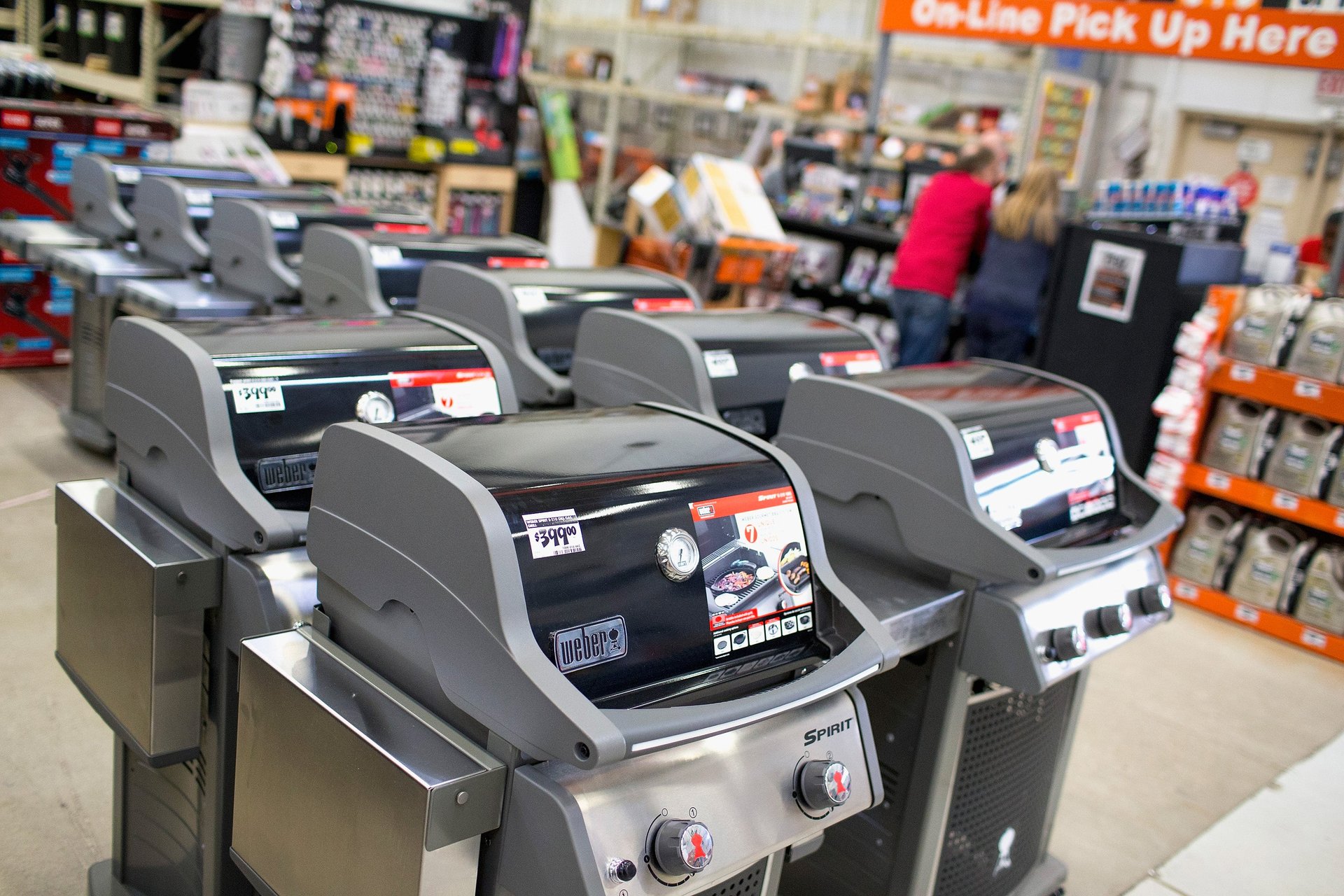
Most Americans — except for those in Hawaii, non-Navajo Arizona, and some Amish communities — will lose an hour of sleep on Sunday when clocks “spring forward” for Daylight Saving Time. Different businesses and industries, from golf to candy to coal, have different feelings about the twice-annual practice of moving clocks forward and back.
The idea behind modern-day Daylight Saving Time was brought into existence as a joke by Benjamin Franklin to save money on candles in the late 1700s. It was put forth in earnest a hundred years later by a New Zealand entomologist named George Hudson. But it wasn’t until 1907 that the idea was formally proposed as a government policy, in a pamphlet called “The Waste of Daylight” by a British businessman named William Willet. While the Brits eventually enacted a time-change policy, the Germans beat them to it — passing a law in 1916 to change their clocks twice a year as a means of saving energy during World War I.
In the U.S., laws governing our clocks have flip-flopped over the last century. A uniform Daylight Saving Time was passed in 1966. Two years ago, the Senate passed a bill that would make Daylight Saving Time permanent, meaning clocks would “spring forward” an hour in the spring without “falling back” an hour in the fall, keeping the extra hour of daylight in perpetuity. But the House never took up the measure.
Different businesses and industries have long argued for and against Daylight Saving Time. Check out Quartz’s slideshow for a look at some of the most interesting ones.
2 / 10
Golf
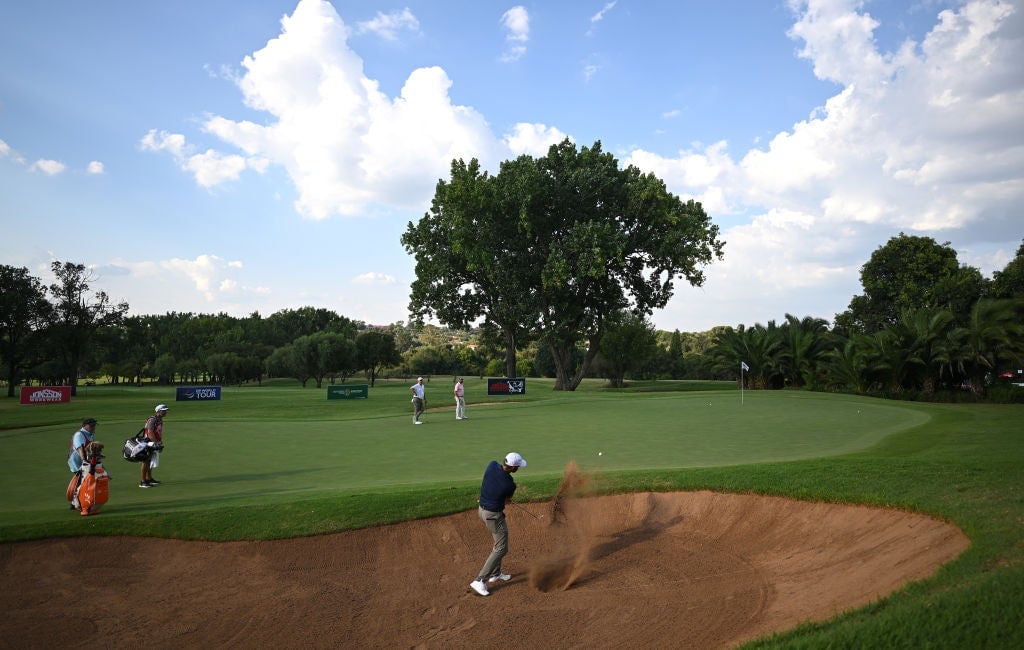
The British man who argued for Daylight Saving Time in the early 1900s, William Willet, actually did so because he wanted more sunlight in the day to play golf.
The golf industry is a longtime supporter of the twice-annual clock-switching. In the 1980s, golf industry lobbyists estimated that the sector would make $200 million more in sales of golf clubs and green fees every year if there was an extra month of Daylight Saving time.
“For people who don’t play golf, they should care a lot about the fact that daylight savings time creates additional opportunities for people to play golf,” Steve Mona, former CEO of the World Golf Foundation, told WNYC in 2014. “From an economic standpoint, golf on a national level creates almost $70 billion a year in economic impact.”
3 / 10
Candy
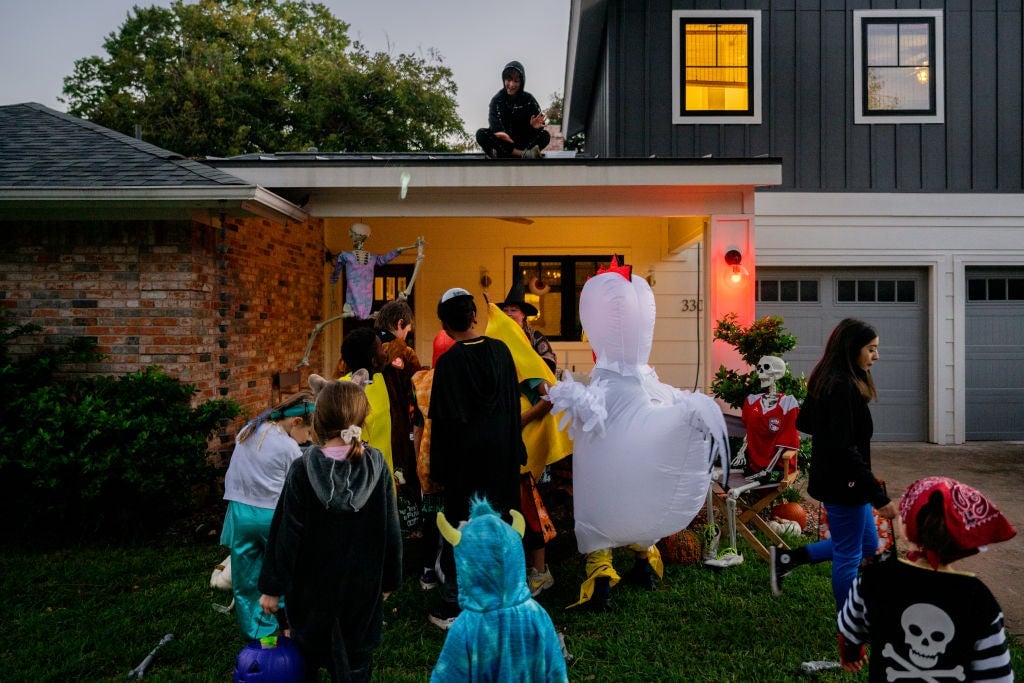
Candy companies in 1986 were very concerned about making sure modifications to Daylight Saving Time applied to their favorite holiday: Halloween. Basically, they wanted to push forward the start of Daylight Saving Time into November so kids would have extra daylight during Halloween to collect more candy, Michael Downing, the author of the book Spring Forward: The Annual Madness of Daylight Saving Time, told NPR in 2007. Lobbyists even “put candy pumpkins on the seat of every senator, hoping to win a little favor,” he said.
But Big Candy wasn’t successful until 2005.
4 / 10
Airlines
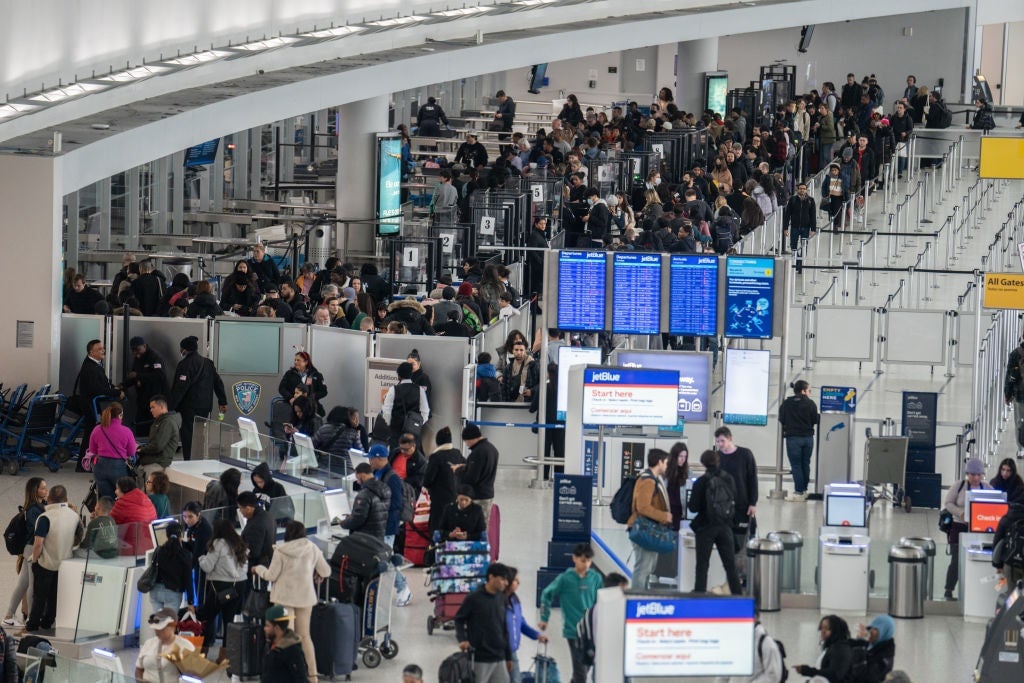
Changing our clocks is a big headache for the airlines industry. In 2005, the Air Transport Association argued against the extension of Daylight Saving Time, which ultimately passed. The group said it would cost the industry $147 million.
“This is an ultimate disaster for airlines and all of our customers, who will be horribly inconvenienced,” James May, the group’s president and CEO at the time, told USA Today.
Losing sleep when clocks “springs forward” can also impact how alert pilots are, which can lead to “mishaps and accidents,” a pilot from the Artisan Flying Club Mark Belfield told Spectrum News in 2022.
5 / 10
Farmers
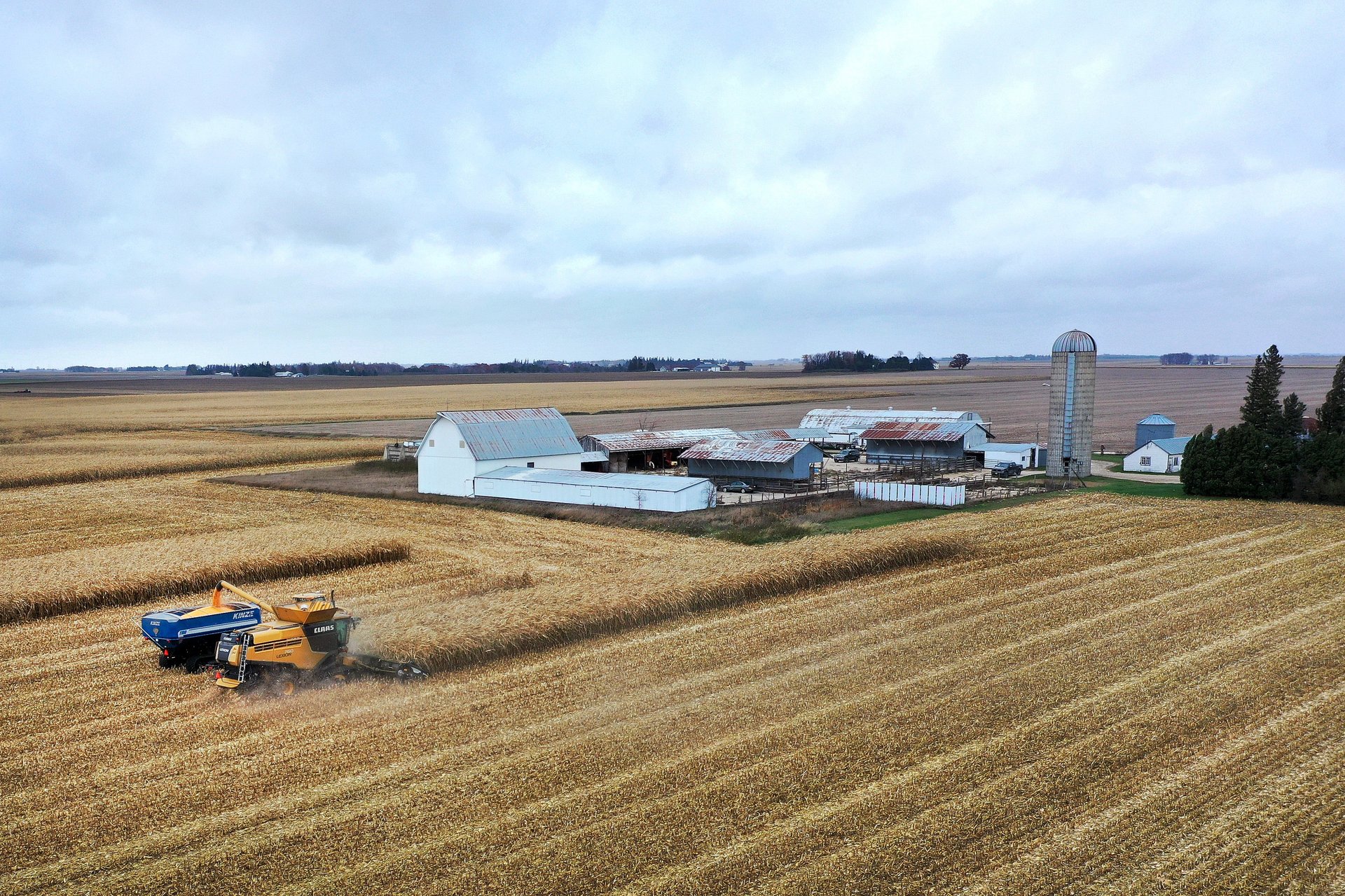
Despite a common misconception that Daylight Saving Time was invented to give farmers an extra hour of light to work the fields, farmers actually despised the practice because it gave them less time to get their goods to the market.
In fact, Daylight Saving Time expert Michael Downing told Time in 2017 that Congress was forced to repeal its World War I-era policy on the clock-changes “to quell the revolt from the farm lobby.”
6 / 10
Oil
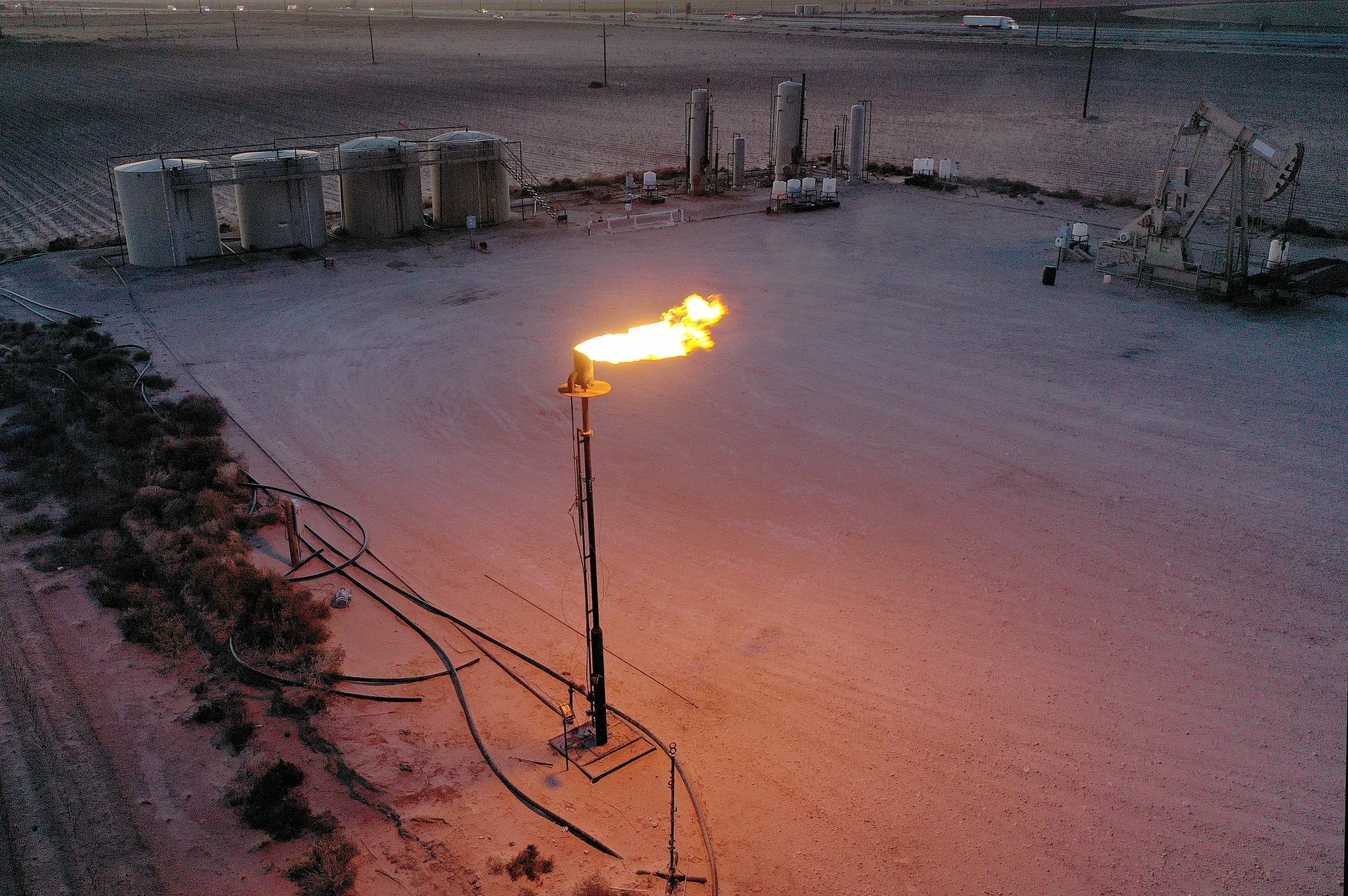
Even though Daylight Saving Time is often touted as a way to save energy, Downing told NPR in 2007 that people go out more often when there’s more daylight, meaning they’re using their cars more — and refilling on gas more.
“Daylight Saving increases gasoline consumption, something the petroleum industry has known since 1930,” he said.
7 / 10
Mining
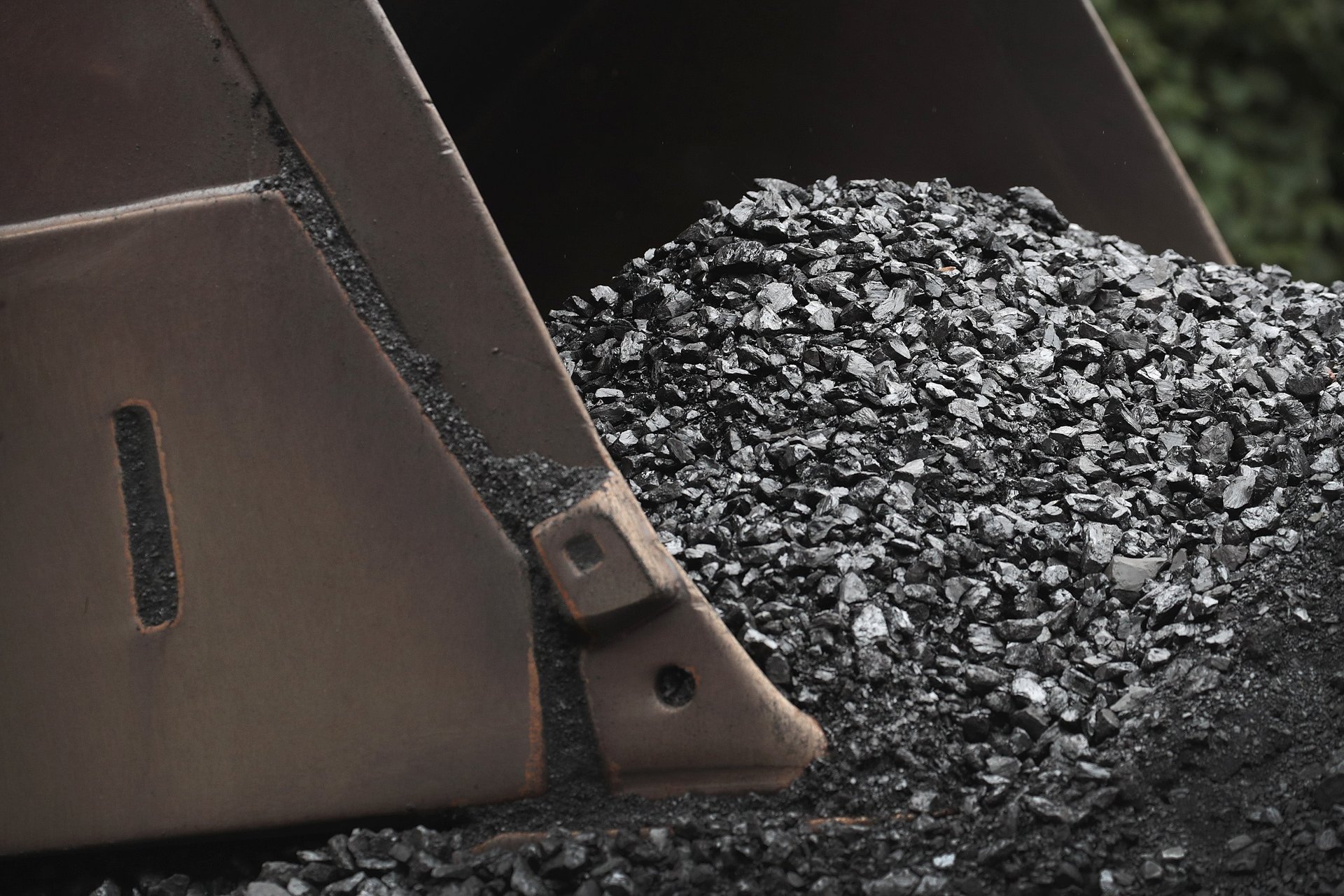
The oil industry benefits from consumers hopping in their cars more often with more sunlight after work, but the mining industry faces issues with worker productivity. Research from Michigan State University in 2009 found that mining injuries increase 6% on the Monday after Daylight Saving Time starts. And those injuries result in a 67% surge in lost workdays.
8 / 10
Movie theaters
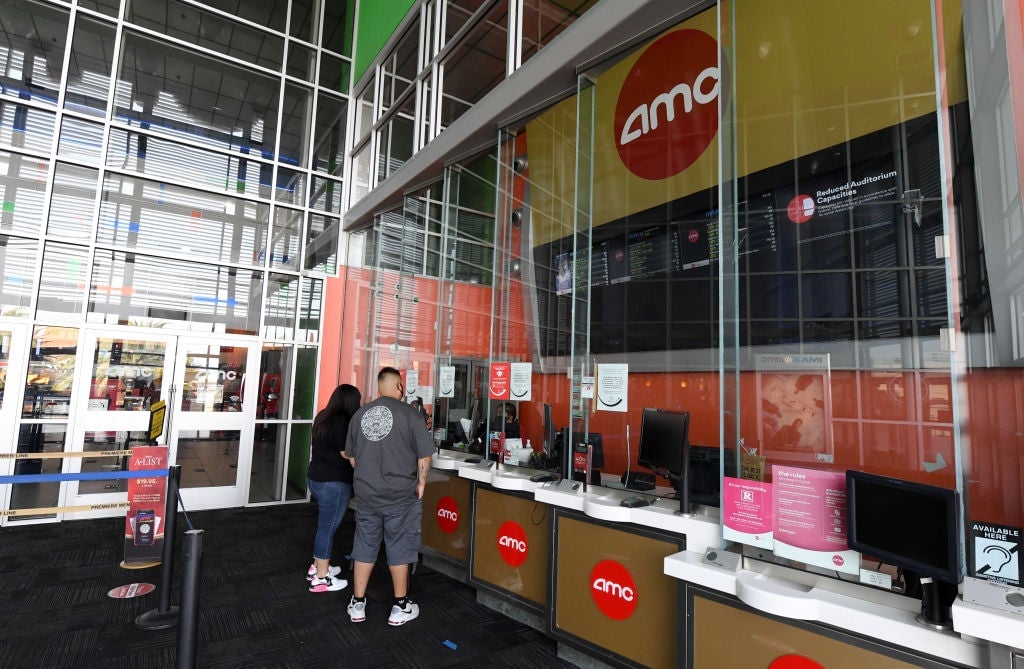
“The movie industry [in the mid 20th century] hated Daylight Saving Time because people were much less likely to go into dark theaters when it was bright outside,” Downing told Time in 2017.
9 / 10
Manufacturers of barbecue equipment
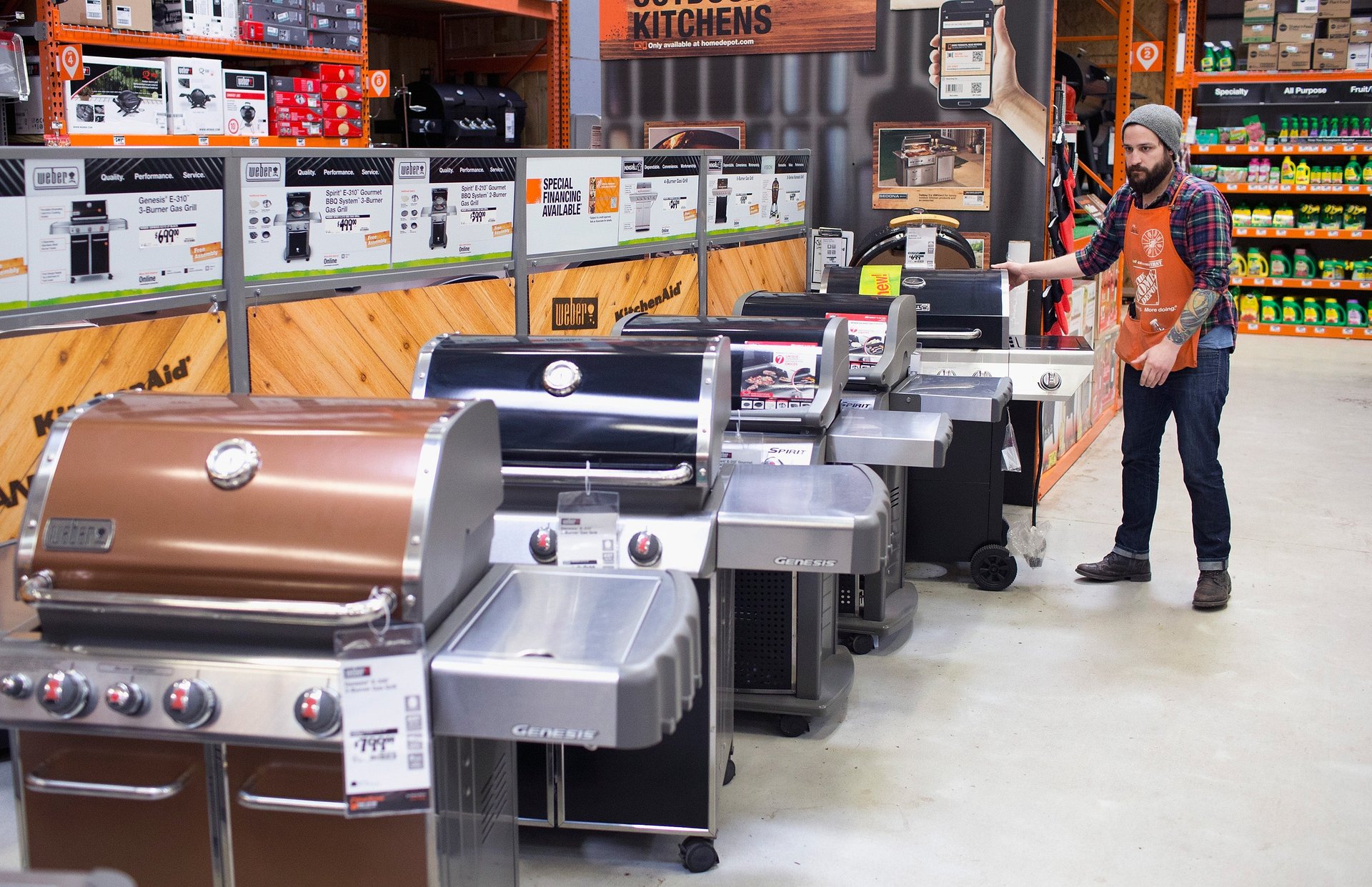
In 1986, the barbecue industry told Congress that an extra month of Daylight Saving Time would generate $100 million more annually for companies from sales of grills and charcoal briquettes.
10 / 10
Grocery stores
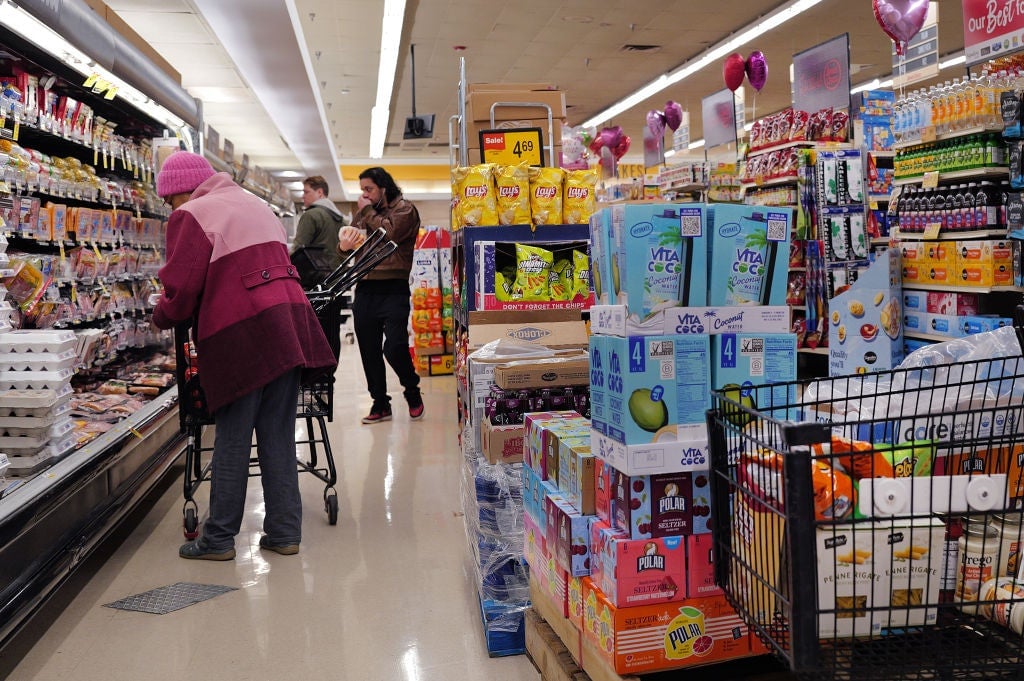
A study by JPMorgan in 2016 found that grocery store spending falls slightly when Daylight Savings Time starts in April and plunges when it ends in November. The bank found that grocery stores are the most affected line of business when Daylight Saving Time ends.